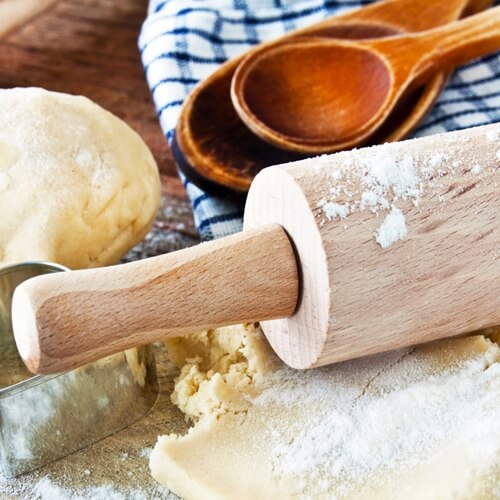Tips For Baking Gluten-Free Pastries

Party’s are a great time to show off the skills you’ve learned while earning your online pastry certificate. You’re probably eager to preheat the oven and break out your mixing bowls, but before you do, you might have to consider the dietary restrictions of your party guests. If you want to serve an amazing pastry to someone with celiac disease, you’ll have to plan ahead and leave the wheat flour in the cabinet.
Flour substitutes
It may be hard to imagine anything other than wheat pastry flour in your next confection creation, especially if you are not gluten-free. However, there are flour substitutes that will make a pastry dough comparable to the wheat variety. Choose sorghum as the main component for your puff pastry. Add a small percentage of almond meal for flavor, as well as fiber and protein. Rice flour – in white, brown or sweet – is another option that many gluten-free bakers use. In general, be prepared to mix various flour types to create the best dough for your baking. It will take some trial and error, though your experience with an online culinary school will have prepared you for that.
Challenges
Alternative flours often make dough that is not as elastic as the wheat version because gluten is not present. It tends to be crumbly and is prone to breaking. One way to fight this is to avoid keeping the dough cold as you would with wheat pastry. However, don’t let the dough get so warm that the butter starts to melt. You’ll want to practice several times to get the balance right.
Using your knowledge
Once you’ve come up with the right combination of flours and the perfect dough temperature, you can proceed to make pie crust or puff pastry the way you were taught. The dough itself is the most difficult part of gluten-free baking.


